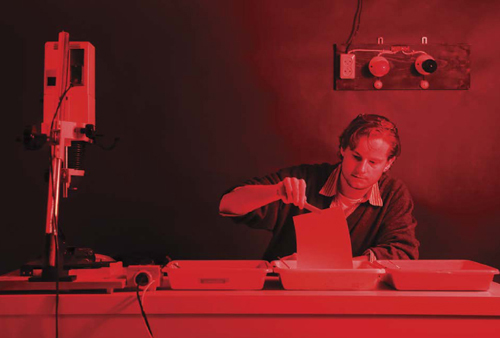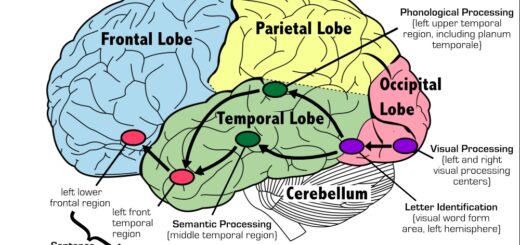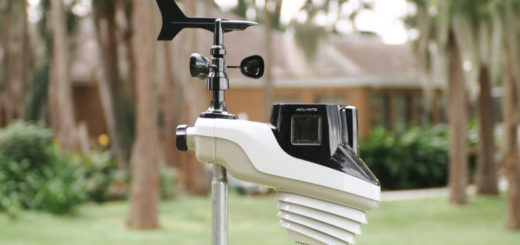Art without History

In a typical contemporary art college, the range of media in active use resembles a core sample through the history of communications technology: students draw, carve, and cast; they also film, project and playback images and sound. They have access to a chronological list of commercially obsolete print technologies, e.g. etching, lithography, silk-screen and, recently, wet process photography. The pedagogical “ether” they all share is, primarily, speech. What I taught was called “history and theory” which turns out to be more or less that which is NOT art, namely language.
It was certainly McLuhan’s “probes” into the function and value of obsolete technology that induced me to see the art college this way at all. It is his appreciation of the critical potential of such technologies with respect to contemporary media that sustains an interest in this model, some suspicion that most artists, most of the time, are working with obsolete media. But it was Flusser who confirmed and contextualized my experience of a profound antagonism between images and writing, who explained the “tacked-on” feeling my part of the course seemed to have with respect to the art course as a whole. Under Flusser’s influence, I began to think that the art college implicitly defines art as anything but writing, anything that does not demand a linear way of thinking, a chronological ordering of events, a logical flow of thought.
It would be possible to grasp the art college context now as either very old or very new. Flusser’s proposes a media history of continuous struggle between acoustic and visual ways of apprehending the world. A culture dominated by images, with speech serving as a critical and explanatory tool, and writing being available but not deeply embedded in consciousness, might resemble ancient or mediaeval conditions – after the invention of writing and before the explosion of print. It also might anticipate aspects of the universe of technical images, as Flusser calls the visually-structured consciousness he sees arising around us now.
Students who film or perform or paint may not be troubled by the prospect of writing losing it’s position as the dominant mode of information storage and transmission. They may not mourn the loss of precision in language, the authority of archive, the sense of living in a dramatic narrative, in history. On the other hand, more and more often, we see painters taking as their model some unloved photograph from a cheap print source, young sculptors running ancient, clanking film equipment in a gallery installation, photography students asking pointedly after the family album, artists submitting writing as their work. They re-invest presumably “obsolete” technologies with contemporary energy and significance.
Flusser claimed that photographs “dam up the flow of history,” photographs being the first of many “technical images” that are shaping a new consciousness. If we take the idea seriously, it would seem to undermine the whole project of forecasting, the designation of any technology as unequivocally “obsolete.” It would render the prospective loss of communicative potential of any medium partial and potentially recoverable.
“Art” can be a set of objects selected according to criteria, or a set of institutions (publications, galleries, schools and colleges) that sustain those criteria. In either case, it has a history. Images, Flusser insists, do not have a history, although it is possible to see them that way to the extent they serve purposes defined by writing. What if “art,” now, is a kind of anti-history, the project of reclaiming abandoned possibilities –maybe especially material and technical possibilities — from the past? Art colleges make mainly commercially obsolete media available to students (now, very recently, beginning to include writing); museums confer contemporary meaning on past objects and events.
In a series of lectures called “Mapping the Mediascape,” I tried to attach various media to various ways of thinking or being or engaging with the world, all available in the present, as if on a surface. An art college offers a helpful way of thinking about it. Contemporary art students draw, paint, model in clay or cast in bronze, perform, film, photograph and even write. And although those possibilities emerged at very different points in a historical continuum, they have “pooled up,” and now appear as options on a menu.


